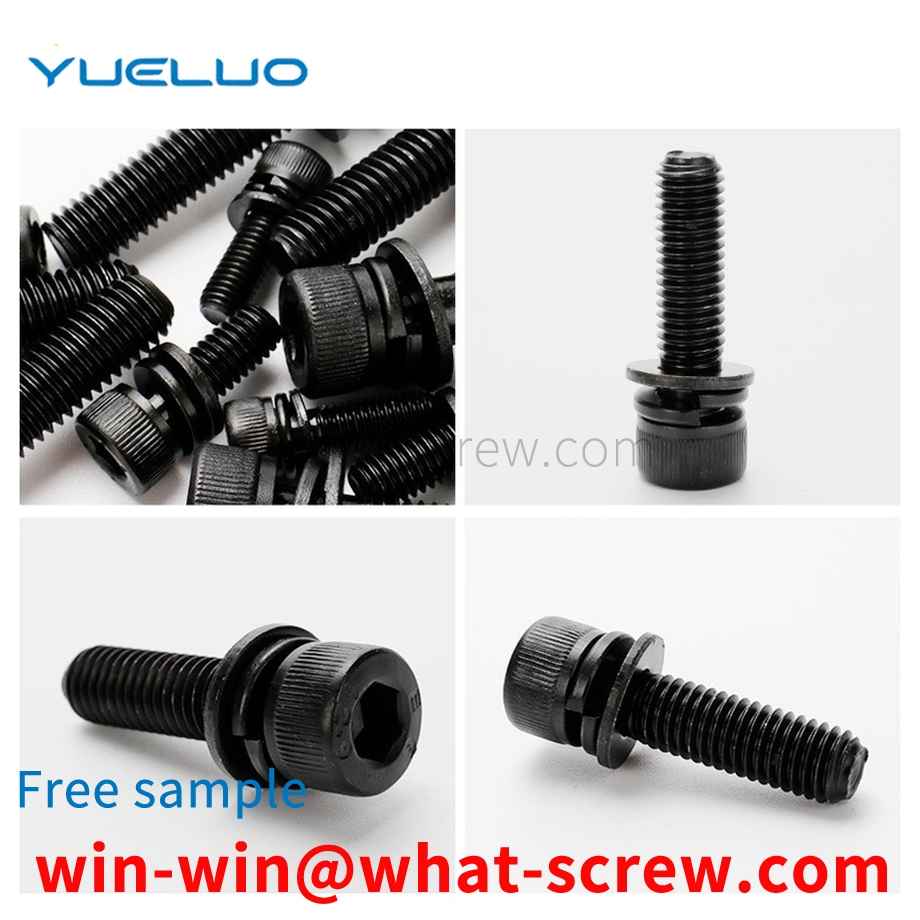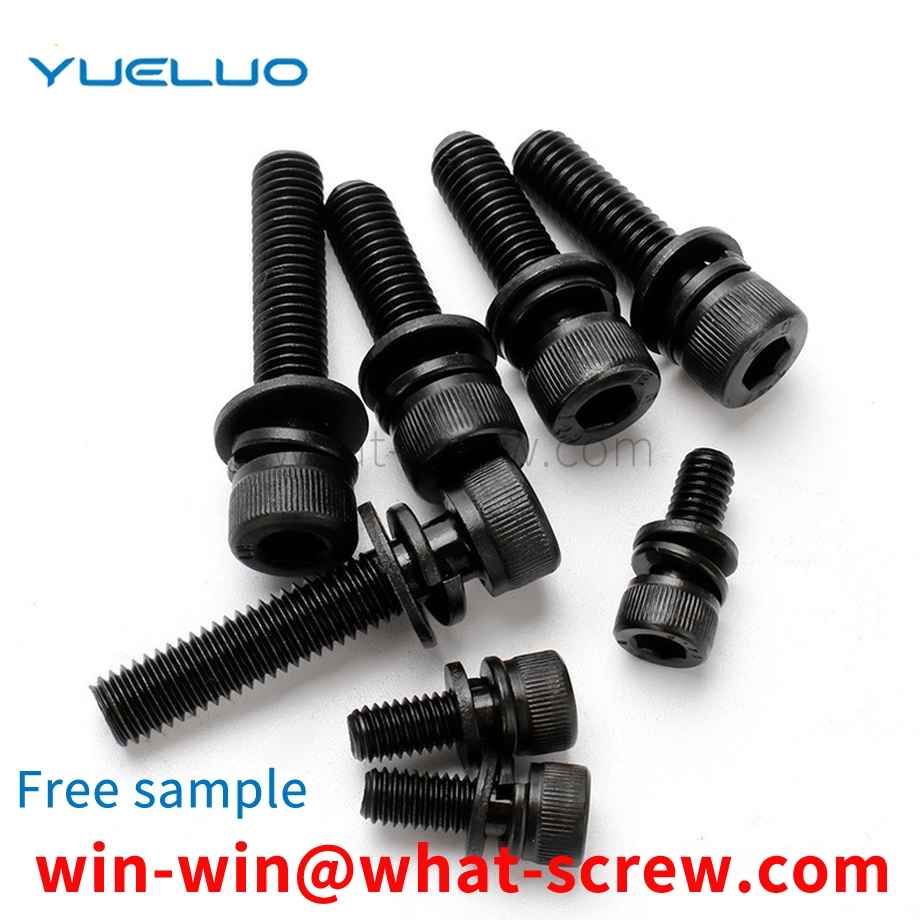The process of removing iron oxide plate from cold heading steel wire rod is stripping and dephosphorization. There are two methods: mechanical dephosphorization and chemical pickling. Replacing the chemical pickling process of wire rod with mechanical phosphorus removal not only improves productivity, but also reduces environmental pollution. This phosphorus removal process includes bending method (the round wheel with triangular grooves is commonly used to repeatedly bend the wire rod), spray nine method, etc. The phosphorus removal effect is good, but the residual iron and phosphorus cannot be removed (the removal rate of iron oxide scale is 97%) ), especially when the iron oxide scale is very sticky, therefore, mechanical phosphorus removal is affected by iron scale thickness, structure and stress state. Carbon steel wire rods used for low strength fasteners (less than or equal to 6.8) High-strength bolts (greater than or equal to grade 8.8) use wire rods to remove all iron oxide scales after mechanical dephosphorization, and then go through a chemical pickling process for compound dephosphorization. For low carbon steel wire rods, the iron sheets left by mechanical dephosphorization are likely to cause uneven wear of grain draft. When the grain draft hole adheres to the iron sheet when the wire rod rubs against the external temperature, the surface of the wire rod produces longitudinal grain marks. More than 95% are caused by scratches on the surface of the steel wire during the drawing process. Therefore, the mechanical phosphorus removal method is not suitable for high-speed drawing.
Fasteners are a type of mechanical parts that are used for fastening connections and are widely used. Fasteners are used in a wide range of industries, including energy, electronics, electrical appliances, machinery, chemicals, metallurgy, molds, hydraulics, etc., in various machinery, equipment, vehicles, ships, railways, bridges, buildings, structures, tools, instruments, etc. , chemical industry, instruments and supplies, etc., you can see all kinds of fasteners, which are the most widely used mechanical basic parts. It is characterized by a wide variety of specifications, different performance uses, and a very high degree of standardization, serialization and generalization. Therefore, some people also refer to a type of fasteners that have been standardized as standard fasteners, or simply referred to as standard parts.
The most important link in the development and design of fasteners is quality control. There are several major points from the feed to the finished product shipment, and these major points have different inspection methods. First of all, the feed is related to appearance, size, elements, performance, detection of harmful substances, etc.; the process is more about appearance, size, percussion test, forging flow line; heat treatment is more about appearance, hardness, torque, tension , metallography, etc.; the surface treatment is more about some hydrogen embrittlement tests, coatings, salt spray, etc., including a detection of harmful substances in shipments. In size and appearance inspection, the common ones are quadratic element, contour measuring instrument, three-coordinate measuring instrument, image sorting machine (this is a full selection machine); in mechanical and chemical inspection, there are mainly hardness machines (Rockwell and Vickers). ), tensile machine, metallographic microscope; in material testing, there is a spectrum analyzer and a salt spray testing machine.
Standardized mechanical parts for fastening connections. Standard fasteners mainly include bolts, studs, screws, set screws, nuts, washers and rivets. There are many structural types of bolts, and most of the heads are hexagonal. For bolts subjected to shock, vibration or variable load, in order to increase flexibility, the polished rod part is made into thin sections or hollows. The seat end of the stud is screwed into the threaded hole of the connected piece, and the nut used at the nut end is similar to the bolt nut. The structure of the screw is basically the same as that of the bolt, but the shape of the head is various to adapt to different assembly spaces, tightening degrees and connection appearances. Set screws have different head and tip shapes to accommodate different levels of tightening. Nuts are also available in a variety of styles, with hexagons being the most widely used.
The lifting ring nut is a part that tightly connects the mechanical equipment. It can be connected together through the inner thread, the lifting ring nut and the screw of the same specification. Lifting ring nuts are often used in conjunction with externally threaded columns to lift various equipment, such as molds, chassis, motors, etc.
We have many years of experience in the production and sales of screws, nuts, flat washers, etc. The main products are: 304 semi-hollow rivets, ring nuts, cold-cut solid rivets, I-shaped flat washers for bad steel, etc. We can provide you with The right fastener solution for you.



















 Service Hotline
Service Hotline




